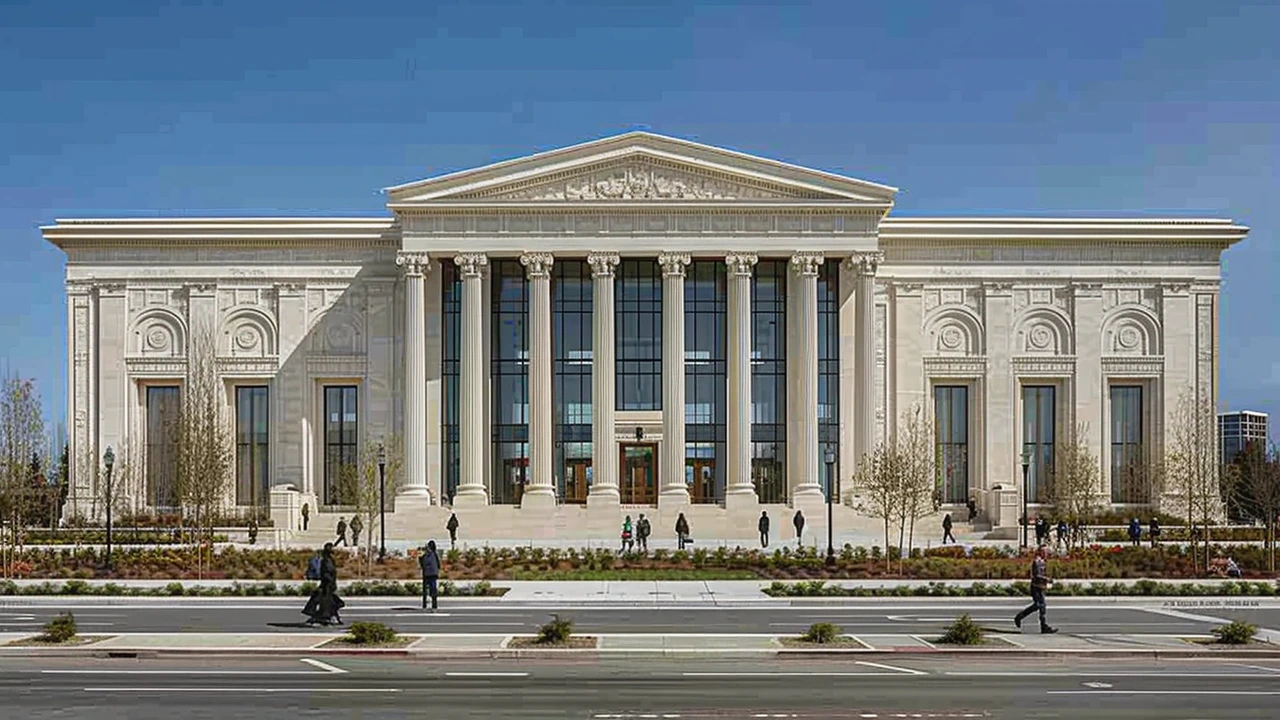Architectural Heritage: Know the Styles, See the Stories
Architectural heritage isn't just old buildings with plaques. It's the story of how people lived, worked, and showed power through design. From Roman concrete that still holds after two millennia to Gothic spires that cut the skyline, these structures teach us how cities grew and what communities valued. Want to spot the difference between Byzantine mosaics and Baroque drama? Read on—I'll give you quick, useful ways to recognize styles and practical tips for visiting or caring for heritage places.
How to Spot Heritage Styles
Look for a few clear signals. Rounded arches and thick stone walls usually point to Romanesque or ancient Roman work. Pointed arches, stained glass, and vertical lines? That's Gothic or Gothic Revival. Big domes and glittering mosaics likely mean Byzantine influence—think Hagia Sophia. Symmetry, columns, and temple-like facades suggest Greek Revival or Georgian. If a building is elaborate, full of curves and gold leaf, you’re probably seeing Baroque or Rococo. Beaux-Arts buildings are grand and formal with sculpted details; Art Nouveau favors flowing, nature-inspired lines. When you walk through a neighborhood, use these visual cues to piece together its history. Carry a phone for quick image searches, but also read plaques and local guides—they often name the style and period.
Practical Tips: Visit, Protect, and Use What You Learn
Visiting: Go early to beat crowds and capture details in soft light. Small towns often hide the best examples—don't fixate only on famous landmarks. Check local conservation rules before taking photos with tripods or touching surfaces.
Preserving: If you own or renovate a heritage property, match materials and proportions—modern windows or mismatched brickwork erase character fast. Ask local conservation officers for approved paint colors and materials. For community-level work, support local preservation groups with time or small donations; many need volunteers for cleaning, cataloging, or guided tours.
Learning: Use short guides to compare styles—Roman engineering vs. Renaissance symmetry vs. Postmodern playfulness—and link what you see to the social story behind it. A municipal courthouse in Greek Revival style often meant a town wanted to show civic order. A Beaux-Arts train station signaled wealth and pride in the late 19th century. Once you connect style with purpose, visiting becomes a lot more interesting.
Final trick: look for continuity. Streetscapes often mix eras—Georgian row houses beside Victorian porches or a modern glass building tucked behind an old facade. That mix tells you how cities adapted, not just what they lost. Want specific examples or a reading list? The posts tagged under Architectural Heritage on this site cover Roman, Byzantine, Gothic Revival, Beaux-Arts, Colonial styles and more—perfect next steps if you want a deeper, guided tour.

Greek Revival Architecture Influence: Modern Building Style and Design Techniques
Hey folks! It's always fascinated me how the grandeur of ancient Greek temples can still be seen in our modern buildings. You know, the iconic columns, the symmetrical beauty – it all screams Greek Revival architecture to me. I've noticed this style lacks the fussiness you might find in other designs; it's got a straightforward elegance that's as refreshing today as it was back then. I'm eager to dig into how this timeless aesthetic continues to shape our contemporary structures—and trust me, its influence runs deep. So, let’s explore together how the principles of Greek Revival architecture play a surprising role in today's building styles!
Read more
Revisiting the Landmarks of Ancient Roman Architecture
Hi scholars, history buffs, and everyone in between! I'm excited to take you along on a virtual journey, revisiting the landmarks of Ancient Roman Architecture. From the majestic Colosseum to the awe-inspiring Pantheon, we will uncover the stories these structures whisper to us from ages past. We'll step back in time, marvelling at the architectural genius of the Romans, and appreciate the stability and endurance of these historic edifices. Brace yourselves for an immersive dive into the world of ancient architecture that has shaped the world as we know it!
Read more